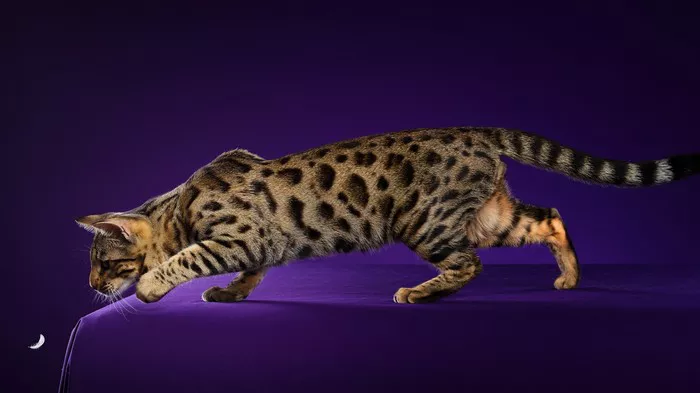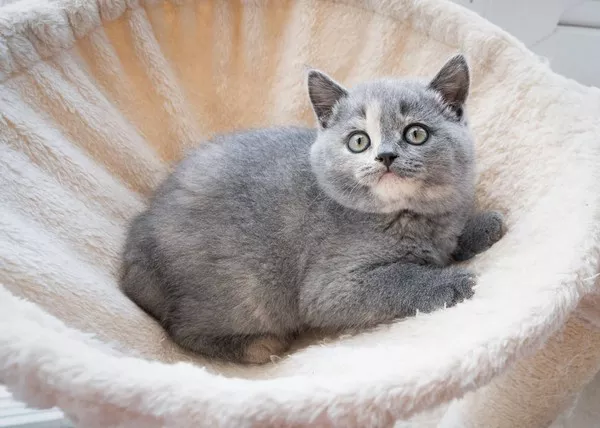Bengal cats are a unique and sought-after breed known for their beautiful coat patterns that resemble those of wild leopards. These exotic felines have become increasingly popular among cat enthusiasts around the world. However, potential owners often find themselves questioning why Bengal cats come with such a hefty price tag. In this article, we will delve into the various factors that contribute to the high cost of Bengal cats and shed light on the expenses involved in breeding, raising, and acquiring these extraordinary feline companions.
1. Rarity and Demand
The first and most significant factor influencing the high price of Bengal cats is their rarity. Bengal cats are a relatively new breed that originated from crossing domestic cats with Asian leopard cats. The selective breeding process required to produce Bengal cats involves careful selection and mating of specific individuals to achieve desired traits. As a result, Bengal cats remain relatively rare compared to other cat breeds, thus driving up their value.
Furthermore, the demand for Bengal cats has skyrocketed over the years. Their striking appearance, energetic nature, and intelligent personality make them highly sought after as pets. Many people are captivated by their wild-like coats and enjoy having a piece of the exotic in their homes. This combination of rarity and increasing demand directly contributes to the higher prices associated with Bengal cats.
2. Breeding Costs
Breeding Bengal cats is a complex and time-consuming process that requires specialized knowledge and resources. Responsible breeders invest a significant amount of time, effort, and money into maintaining breeding programs that prioritize the health, temperament, and quality of the offspring. These costs include:
Initial Investment: Breeders must acquire healthy and genetically sound Bengal cats to establish their breeding program. Purchasing foundation cats from reputable breeders can be expensive, especially if they possess exceptional traits or come from champion bloodlines.
Health Testing: Ensuring the overall health and genetic integrity of Bengal cats is crucial. Breeders conduct various health tests to identify potential genetic disorders and maintain a healthy breeding stock. These tests include screenings for conditions such as Hypertrophic Cardiomyopathy (HCM), Progressive Retinal Atrophy (PRA), and other hereditary diseases.
Veterinary Care: Regular veterinary check-ups, vaccinations, and preventative treatments are essential for keeping the breeding cats in optimal health. Additionally, breeders may incur additional expenses if complications arise during pregnancy or delivery.
Reproductive Assistance: Some Bengal cats may require artificial insemination or other reproductive assistance methods to facilitate successful breeding. These procedures can be costly and add to the overall expenses of the breeding process.
3. Specialized Care and Nutrition
Bengal cats have specific dietary and environmental needs that must be met to ensure their well-being. They require high-quality cat food formulated to meet their nutritional requirements, which could be more expensive than regular cat food options. Additionally, Bengal cats are highly active and intelligent animals that thrive on mental stimulation and physical exercise. Providing them with adequate space, interactive toys, and enrichment activities requires additional investment to create a suitable environment for their development and happiness.
4. Registration, Pedigree, and Show Quality
Reputable Bengal breeders register their kittens with recognized cat registries, such as The International Cat Association (TICA), Cat Fanciers’ Association (CFA), or other reputable organizations. Registering the kittens ensures their pedigree and provides documentation of their breed lineage. These registration fees contribute to the overall cost of acquiring a Bengal cat.
Furthermore, show quality Bengal cats, which possess exceptional physical attributes and conform to breed standards, often command higher prices. Breeders meticulously evaluate their kittens based on criteria such as coat pattern, contrast, color, body structure, and temperament. Show quality Bengal cats are typically priced higher due to their potential for success in cat shows and breeding programs.
5. Responsible Breeding Practices
Responsible breeders prioritize the health and well-being of their cats above all else. They invest in regular veterinary care, genetic testing, and socialization to ensure that each kitten is healthy and ready for its new home. These efforts contribute to the higher price of Bengal cats compared to kittens from less reputable sources or backyard breeders who may not prioritize these essential practices.
Conclusion
In conclusion, the high cost of Bengal cats can be attributed to several factors. Their rarity, increasing demand, breeding expenses, specialized care requirements, registration and pedigree, and responsible breeding practices all contribute to the overall price tag. Potential Bengal cat owners should carefully consider these factors and engage with reputable breeders to ensure they are acquiring a healthy and well-cared-for feline companion. While the initial investment may be substantial, the unique beauty and extraordinary nature of Bengal cats make them a cherished addition to many households around the world.

























